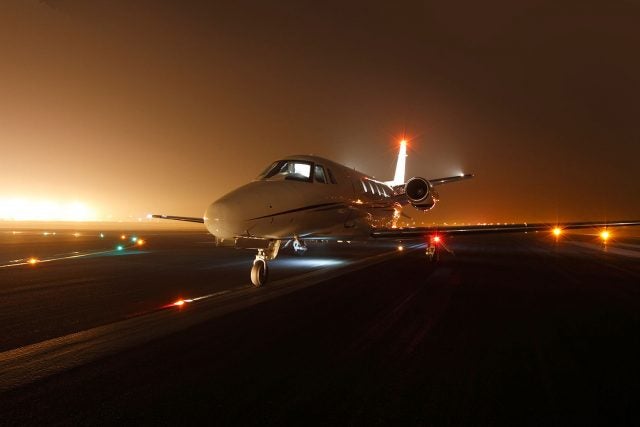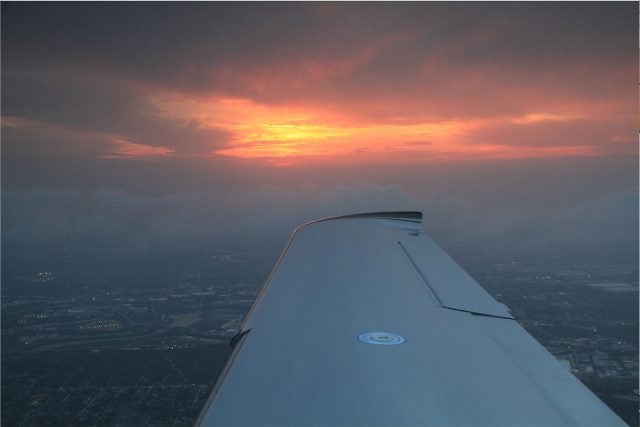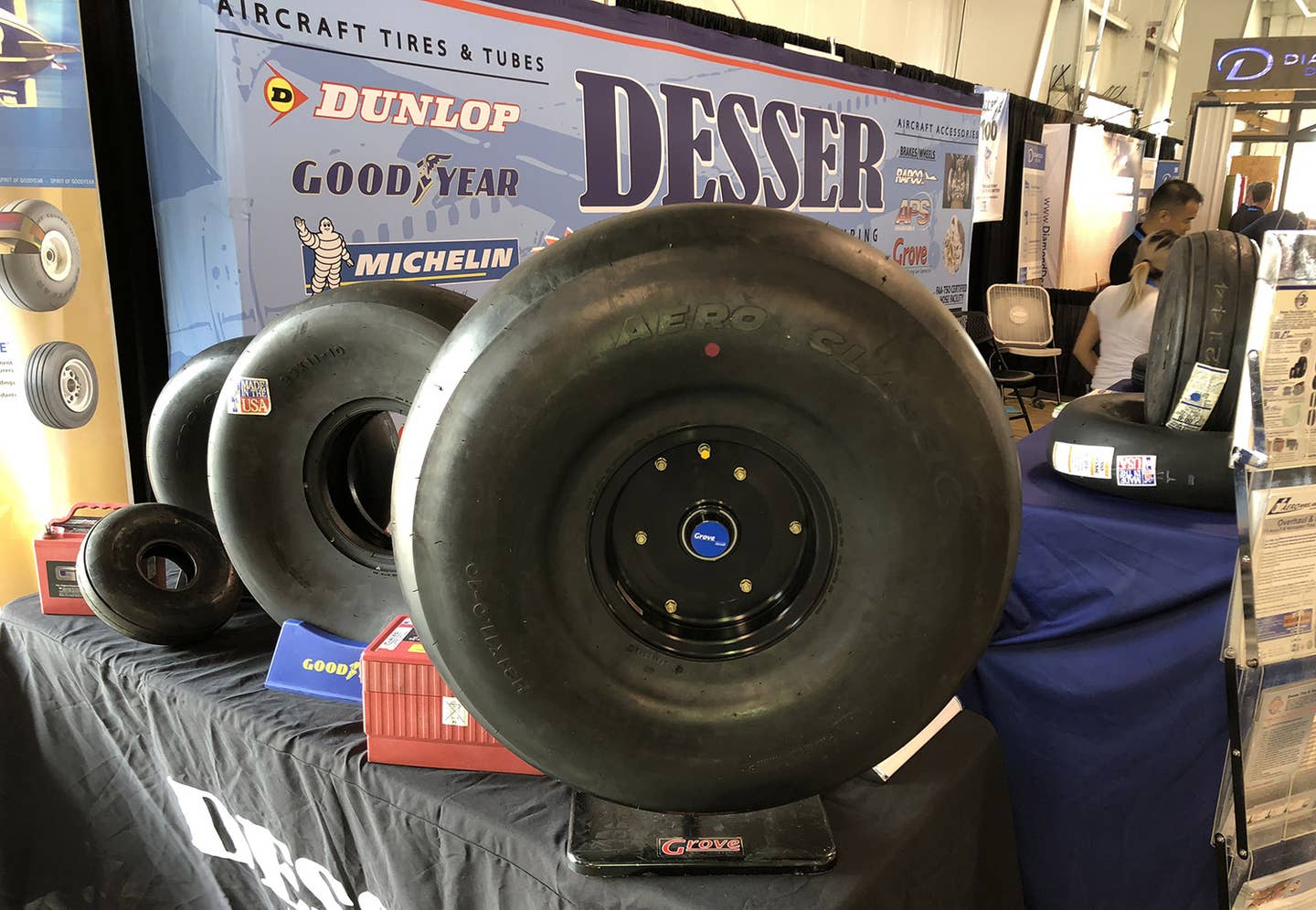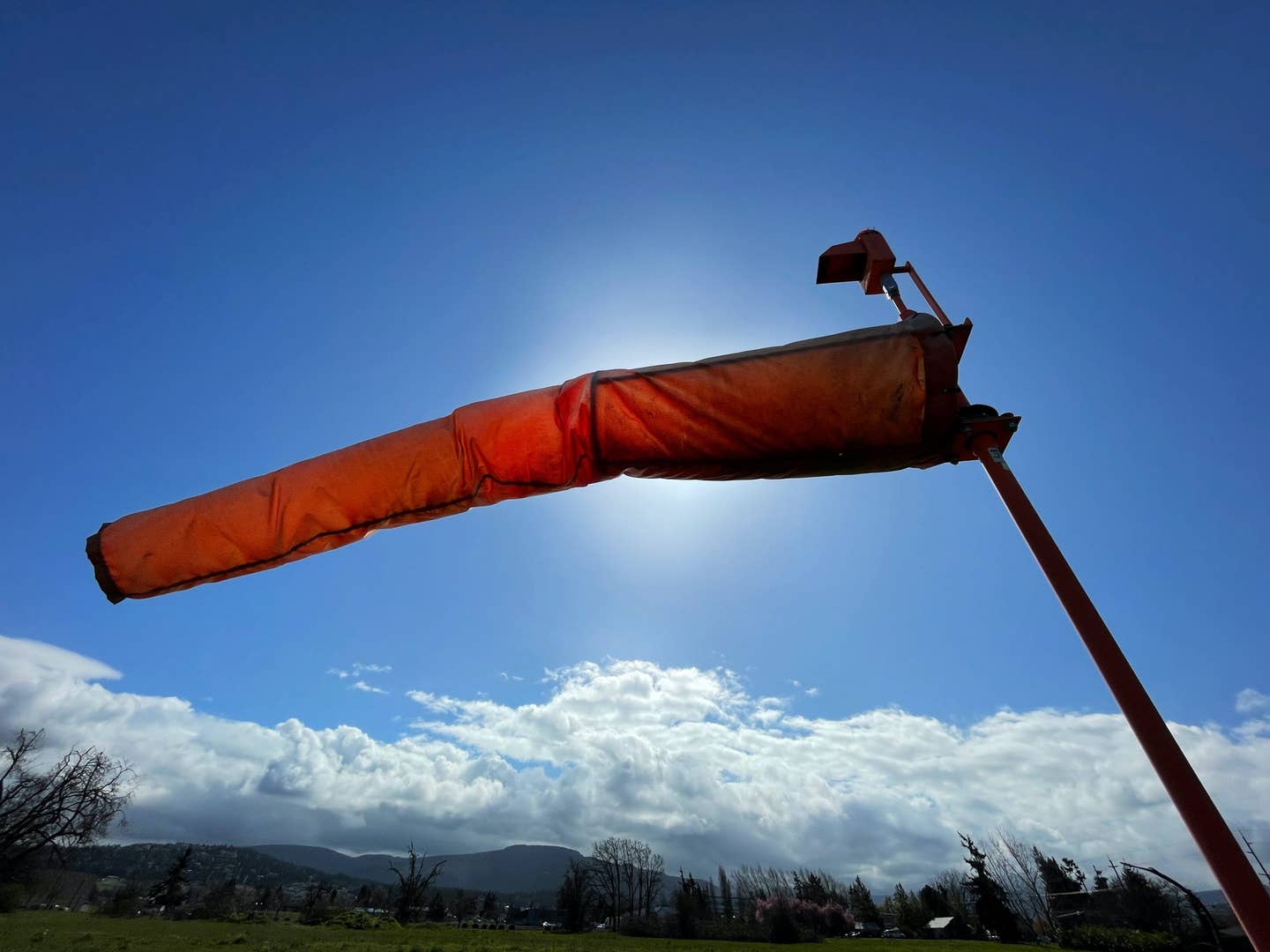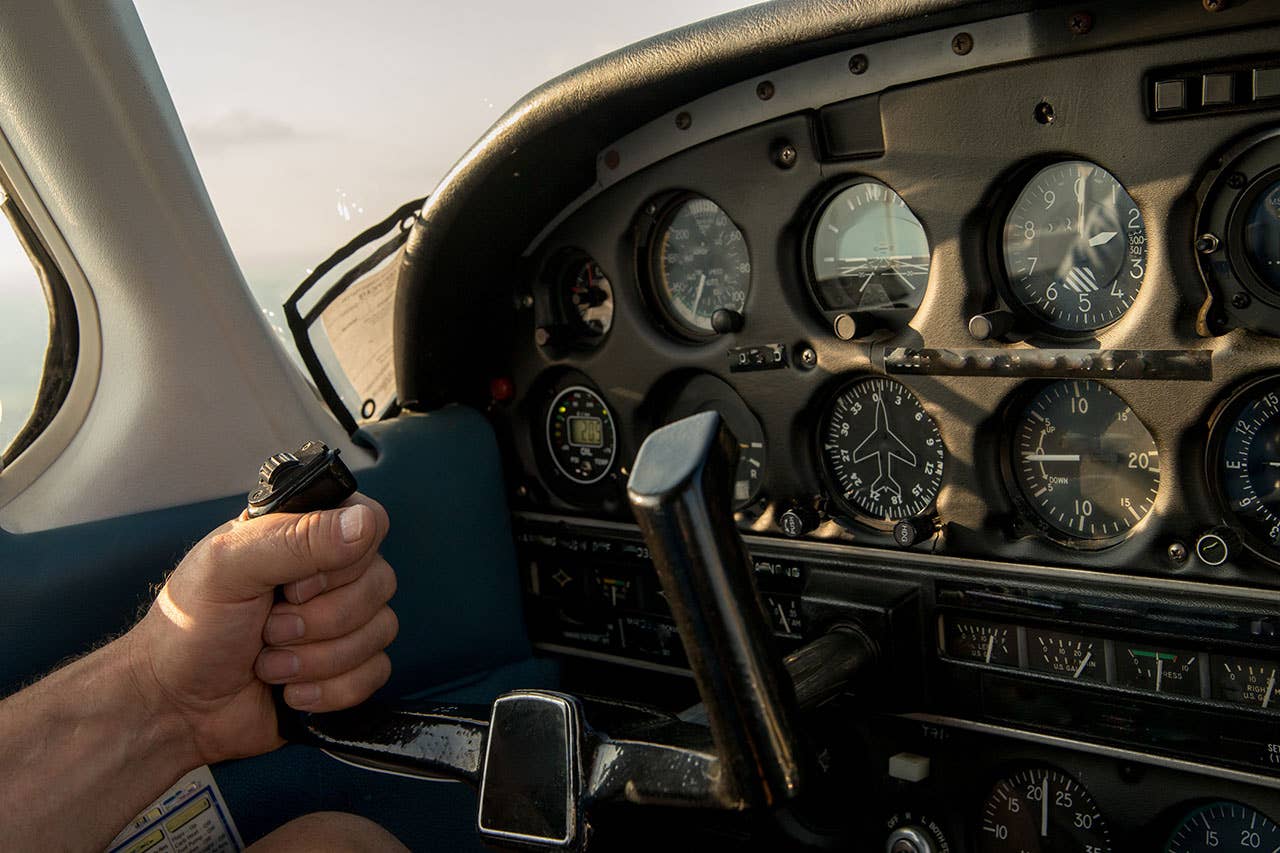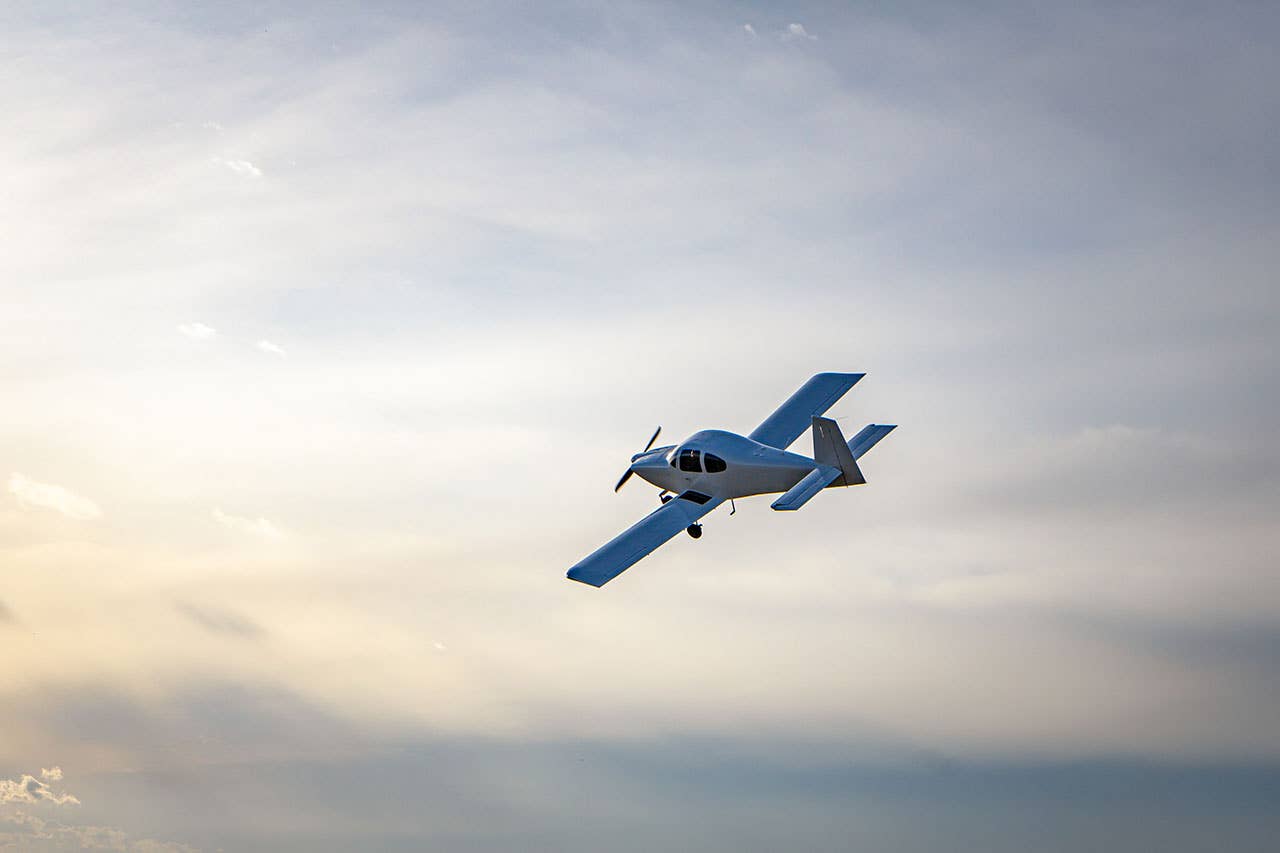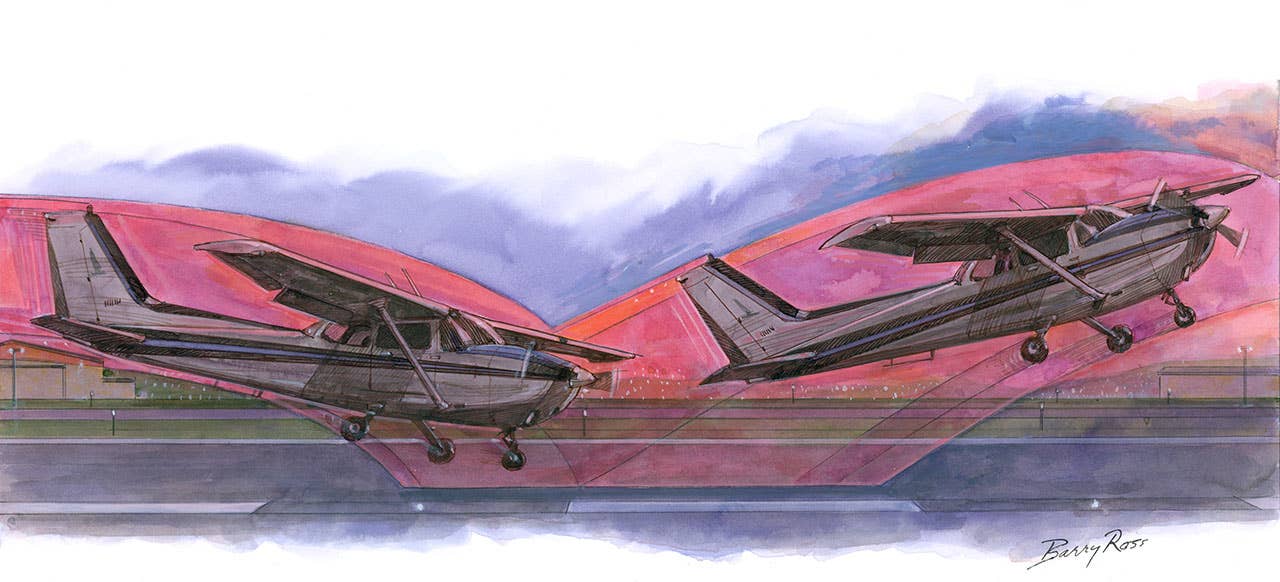VFR At Night
There’s no difference between flying in daylight and flying at night’except you can’t see anything.
There's no difference between flying in daylight and flying at night---except you can't see anything. So goes the sage advice from my old flight instructor, and he's essentially right. The airplane doesn't know or care that its pilot is visually impaired during the hours of darkness. It performs and responds just as it does in daytime. However, we, as the human pilot, are the weak link in the conduct of successful night flight. Accordingly, we must respect our limitations, and they are manifestly increased when we fly in the dark.
We are supremely blessed with our freedom to fly as we choose in the United States, and this liberty extends to the FAA's tolerance of night flight. The FARs make few restrictions on our ability to fly after sundown, mandating only slightly higher flight visibility for VFR operation, 15 minutes more reserve fuel and a separate recent-experience requirement. Even if you haven't flown at night for year or more, you're perfectly legal to blast off solo at midnight in a single-engine airplane under an overcast with three miles of drizzly visibility. Dumb, but legal.
Subscribe today to Plane & Pilot magazine for industry news, reviews and much more!
With such freedom comes great responsibility. In much of the world, only instrument-rated pilots are allowed to fly at night. If we're going to continue unfettered VFR night flight, we must avoid bringing attention to ourselves through a noticeable increase in accidents. That means we often must restrict our nighttime activities in a manner far beyond the bare bones of FAA regulations.
Rather than requiring a specific "night VFR rating," the FAA mandates that all, with few exceptions, would-be private pilots complete night training in order to qualify for the license. The perfunctory three hours and 10 takeoffs and landings, with 100 miles of cross-country night flying, are all completed with an instructor in the right seat. It is questionable whether 40-hour students are then truly up to speed on night flying, having barely proven themselves capable of daytime flying. Nevertheless, those are the training standards we've been using for years.
In my career, I've seen the pilot certification rules change from requiring no night training at all, leaving it up to the new pilot to get checked out at night on his own when the time came, to an option of having "night flying prohibited" placed on the license if the applicant wanted to skip night training, and then finally a shift to mandatory night qualification. I have trained pilots for night flying under all the systems, and I always found the three hours to be about right for a night checkout. Today, even though they're legal for night flying, I still recommend new private pilots log about 100 hours in daylight and then come back for a night refresher course before they try it on their own. The added experience will make the difficult task of night flying much more tolerable, and their confidence will be greatly increased.
What's The Big Deal?
The fact is, we are ill-equipped for operating an airplane in the dark. The human eye has limited acuity for night vision, and we require constant visual references to maintain equilibrium. We are diurnal animals, not nocturnal ones, and our body doesn't perform well when it would rather be sleeping. To make up for these shortcomings, we need adequate lighting, solid orientation to discern up versus down, and a willingness to restrict ourselves from continuing into dangerous conditions.
Face it---night flying is very nearly akin to instrument flying. Even under the best night VMC, we can encounter areas where ground lights are scarce and a horizon may be difficult to see. I would not operate an airplane at night beyond the traffic pattern unless it had functional gyroscopic instruments and I was up to speed on using them. Similarly, simple pilotage and dead-reckoning navigation are not enough at night; it will often be necessary to resort to electronic aids for orientation, so we must be equipped and ready to use these systems.
For VFR night flight, your minimums should be not what's legal but what's safe. I'd suggest that to meet that bar, only fly at night when the weather is clear. That means (1) a canopy of stars must be visible, so only high, thin or scattered clouds are acceptable, and (2) no clouds can be present or forecast below 10,000 feet AGL, since you will not be able to detect a cloud layer in the dark---unless it has lightning in it. No precipitation should be present or forecast, and strong winds should be avoided; it's hard enough to take off and land on a dark runway without a gusting crosswind added to the mix. If you will stick to such nice nights, you'll always enjoy your VFR night flying. Push your luck in less-benign conditions, and you'll eventually wish you were somewhere else.
Does having a full moon help? While the moon-lit landscape can be a comforting simulation of daylight, bright moonlight can wipe out dim stars and produce blinding glare in haze. Do not expect to be able to select a good forced landing spot by moonlight. Even a full moon doesn't provide enough visible detail to discern flat ground from rough terrain. Still, the lunar orb is a comforting reassurance that the weather's clear.
Fly no airplane at night unless you're familiar with its cockpit layout and you have full confidence in all its working parts. You might tolerate a glitchy radio or an intermittent excessive mag drop in daylight, but at night you want everything working perfectly. Know where everything is and be able to find it by touch; military pilots used to be given a "blindfold cockpit check" as part of their training, demonstrating their knowledge of the switches and controls.
Most importantly, carry multiple flashlights when flying at night. I can guarantee that you will have an electrical failure if you fail to do so; I've burned up rheostats, broken alternator drive belts and lost instrument lights, and most of the time these occurred when I hadn't kept a fresh-charged flashlight on board. A large D-cell flashlight and pocket penlight, fitted with red lenses, can make a big difference when something breaks. Why red lighting? Because the eye's rod cells, which provide most of our vision, are restricted under strong white light, leaving us with only the daylight-favoring cone cells until the rods recover. Limit the intensity of any necessary white lighting you use.
Know the countryside over which you'll be flying at night in a single-engine aircraft. If there are large areas of inhospitable land, don't cross them at night. Stay close to friendly expanses where you'll have at least a chance to survive an engine-out crash. Fly high enough to allow a reasonable glide range at night, and know where the nearest lighted airports are located. Be familiar with your airplane's glide characteristics, both the maximum-range and minimum-sink speeds. If the unthinkable happens, turn into the wind, trim for the slowest descent and aim for something that offers the best chance for slow deceleration.
Be More Cautious At Night
Begin with a careful preflight; you should be in the habit of checking the airplane's lights, even in daytime, because you never know when an unexpected headwind or delayed departure will require a landing after dark. If on a poorly lit ramp, dig out the flashlight to peer under the cowling and look at the control hinges.
Take your time during taxi and run-up. Moving around at night requires a bit more deliberate care in taxi speed to maintain orientation and centerline alignment. Do not program your GPS and set up frequencies while moving; stop and set the brakes to perform these chores. When running up, be alert for unnoticed creeping toward the edge of the pavement. Avoid throwing on strobes and other bright lights before taking the runway, out of consideration for the pilots around you. But if asked to "line up and wait," have every light on to show that the runway is occupied.
As you sit in position, take a second to note the appearance of the runway lights. They will be just below your shoulders, and when you're in the landing flare, you'll want to see them just a little below where they are in your static position. Notice that the two lines of runway lights are evenly sloped angles converging on the red lights at the departure end. Do not allow one line of lights to be straighter and the opposite one to form a larger angle; that means you're off the centerline. Don't crowd the edge lights, because they are 10 feet or so out in the grass.
Advance power smoothly and track the centerline, planning to rotate and lift off with sufficient airspeed to be well above the stall. Upon breaking ground, use the attitude gyro to hold a safe pitch angle and keep the wings level. The initial climb is most likely to be taking place in a "black hole" until you gain enough altitude to see a landscape of ground lights.
Once you're safely away from the hazards of ground obstructions, start looking for lighted landmarks to guide your VFR flight. Use the compass heading to settle arguments in your situational analysis, and take a look back at the airport to see how it appears among the lightscape surrounding it. Roadways filled with car lights make good visual references, small towns in the blackness of open country can provide orientation, and those tower obstructions that you can barely see in daylight suddenly become valuable location identifiers when their lights show up at night. The relationships of airport beacons to their accompanying cities provide excellent verification.
Remember that you cannot judge altitude in the dark; you must pay attention to your altimeter and know your safe altitude for your area. If you are approaching higher terrain and you begin to see the nearest lights disappearing from view, take it as a warning that you are not going to clear the upcoming ridge.
Keep a continuing weather watch during night flight. Monitor ASOS and ATIS broadcasts to make sure weather isn't moving into your route, and note the spread between temperature and dew point. When the gap closes to two or three degrees and any moisture is available to saturate the atmosphere, ground fog will start to form, starting in the coolest low places, often where airports are located. Maintain a healthy fuel reserve in case you need to deviate to an alternate airport.
Consider your own state when flying at night. Because a higher level of attention to detail is needed for night flying, avoid flying fatigued. It's one thing to arrive back home an hour or so after sunset, and quite another to leave a meeting after 10 p.m. and try to get home in the wee hours of the morning. If you've been awake for 20 hours, you have no business trying to fly at night. Find a motel room and fly home in the morning.
Landing Safely
More and more airports are saving pennies by the use of pilot-activated lighting, so you may not find a lighted runway welcoming you as you arrive at your destination. The asterisk beside the "L" in the airport data block on the sectional chart only means the lights are not on all the time; check the Chart Supplement book to see if you have to call ahead to have them turned on, if they are on only part of the night, or if there's a PCL procedure. In most cases, flicking the mike button seven times on the CTAF frequency will get the lights turned on. If they are already on, they may be in a 15-minute activation cycle triggered by another pilot. Be ready to re-activate the lights if they go out while you're on final.
Follow the same traffic pattern procedures at night that you would use in daylight, unless the airport has special night operations requirements. Maintain vigilance for other aircraft, which are actually easier to see at night as the anticollision and position lights move across the blackness. Traffic below you may be harder to spot against the ground lights. Beware of a steady, motionless light in your field of vision; it may be converging traffic.
It's better to fly a larger, more carefully flown approach at night, taking time to line up precisely. Don't make extreme or rapid maneuvers in the dark; avoid steep banks, and use your altimeter and directional gyro to help set up the legs of the traffic pattern. Always double-check your altitude as you prepare to turn onto final approach; be no less than 300 feet AGL at that point, and add some power to arrest descent if you're getting close to the minimum. Again, you can't judge altitude at night by looking out the window. Watch for the VASI lights and stay on the high side of their beams.
When logging the three required takeoffs and landings, I like to make one or more without using the landing lights, just to keep my basic skills sharp in case the landing lights don't work when asked. Your primary reference for night landings should be the runway boundary lights, used to establish alignment and flare height. Never attempt to land without runway lighting, even if you believe you have excellent landing lights and you think you know where the runway is. Depth perception is tricky in the limited spots illuminated by the landing lights, and you can encounter "target fixation" as you approach the ground, tempting you to fly right into the surface without flaring. On the other hand, good landing light coverage helps see the tire marks and centerline to manage crosswind drift.
In general, landing at night requires an earlier level-off and more of a gradual "feeling for the ground" holding-off technique than in daytime. If you have to go around, be ready to go on instruments to keep the climb attitude and heading steady during the wave-off.
To enjoy VFR night flying, maintain careful weather limits, avoid extreme maneuvers and use all available orientation aids to keep track of your position. The air is usually smooth, there's less traffic and the views are fantastic, so you'll find yourself looking for excuses to log some more night hours.
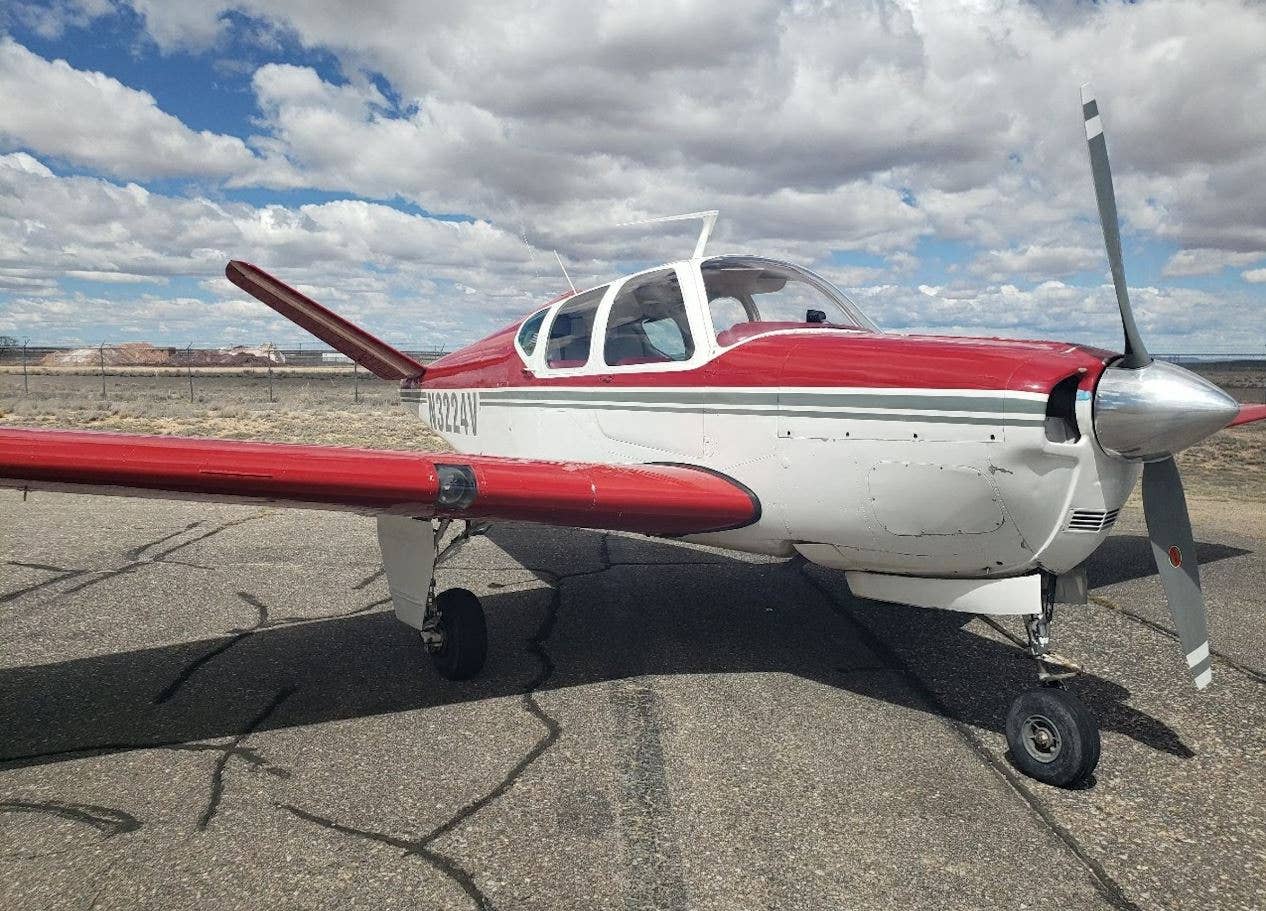
Subscribe to Our Newsletter
Get the latest Plane & Pilot Magazine stories delivered directly to your inbox

